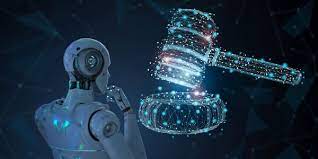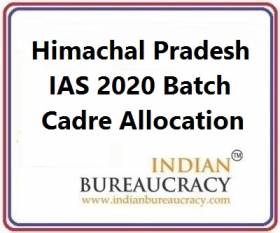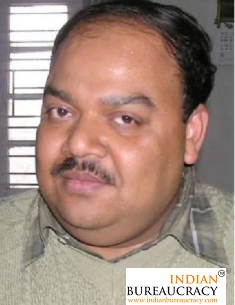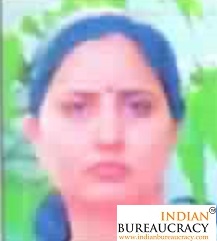Recognising the bedrock principles of freedom, equality, and justice embedded in the Constitution, Chief Justice Shri Chandrachud and the Prime Minister underscored the Supreme Court’s unwavering dedication to these ideals throughout its seven-decade history. Emphasising the Court’s crucial role, they highlighted its impact on shaping individual rights, championing freedom of speech, and moulding the socio-political fabric of India, affirming its indispensable contribution to India’s progress. PM Modi acknowledged challenges in the current Supreme Court building, announcing an Rs 800 crore approval for its expansion. He expressed satisfaction with the digital initiatives, including the real-time translation of his speech using AI and the launch of Digital Supreme Court Reports.
The Prime Minister has approved the third phase of the e-Court Mission Project, a substantial investment in digitisation. This aligns with the government’s commitment to improving the physical infrastructure in courts. Chief Justice Chandrachud’s direct involvement in overseeing this initiative has been praised, emphasising joint efforts to modernise the judiciary.
What is e-Court Project?
The eCourts project aims to universalise computerisation in district and subordinate courts, enhancing ICT capabilities for litigants, lawyers, and the judiciary. Originating from the 2005 “National Policy and Action Plan for ICT in the Indian Judiciary,” it is led by the e-Committee of Supreme Court of India, formed by the Government to shape a national policy on judiciary computerisation. Monitored and funded by the Department of Justice, Ministry of Law and Justice, the Pan-India e-Courts Mission Mode Project focuses on streamlining citizen services, implementing decision support systems, automating processes for transparency, and enhancing judicial productivity.
 The substantial budget for the third phase, announced in the Union Budget with ₹7,000 crore, signifies a significant technological advancement in the judiciary. Chief Justice Chandrachud, in his Independence Day address in 2023, highlighted Phase III’s goals, including inter-linking courts, establishing paperless courts, digitizing records, and setting up advanced e-sewa kendras in court complexes.
The substantial budget for the third phase, announced in the Union Budget with ₹7,000 crore, signifies a significant technological advancement in the judiciary. Chief Justice Chandrachud, in his Independence Day address in 2023, highlighted Phase III’s goals, including inter-linking courts, establishing paperless courts, digitizing records, and setting up advanced e-sewa kendras in court complexes.
Digital initiatives took center stage as the Prime Minister unveiled the Digital Supreme Court Reports, ensuring accessibility to decisions in a digital format. Furthermore, decisions are set to be translated into local languages, enhancing accessibility and inclusivity. Emphasising the transformative potential of technology, the Prime Minister highlighted the need for simplified language in court orders, catering to the general public.
In the realm of legislative modernisation, the Prime Minister outlined the government’s efforts to repeal outdated colonial criminal laws, introducing new legislation to usher in a new era for legal, policing, and investigative systems. He called upon the Supreme Court to take a lead in capacity building initiatives, facilitating a seamless transition to contemporary legal practices.
Closing his address, the Prime Minister expressed gratitude for the Supreme Court’s integral role in the nation’s development and congratulated the institution on its Diamond Jubilee. He affirmed the collective responsibility to build a developed Bharat by 2047, with the Supreme Court’s positive and proactive contribution envisioned as pivotal in this transformative journey. The celebration concluded with a commitment to sustained collaboration between the government and the judiciary for a progressive and just future.




 The substantial budget for the third phase, announced in the Union Budget with ₹7,000 crore, signifies a significant technological advancement in the judiciary. Chief Justice Chandrachud, in his Independence Day address in 2023, highlighted Phase III’s goals, including inter-linking courts, establishing paperless courts, digitizing records, and setting up advanced e-sewa kendras in court complexes.
The substantial budget for the third phase, announced in the Union Budget with ₹7,000 crore, signifies a significant technological advancement in the judiciary. Chief Justice Chandrachud, in his Independence Day address in 2023, highlighted Phase III’s goals, including inter-linking courts, establishing paperless courts, digitizing records, and setting up advanced e-sewa kendras in court complexes.




Leave a Reply
You must be logged in to post a comment.